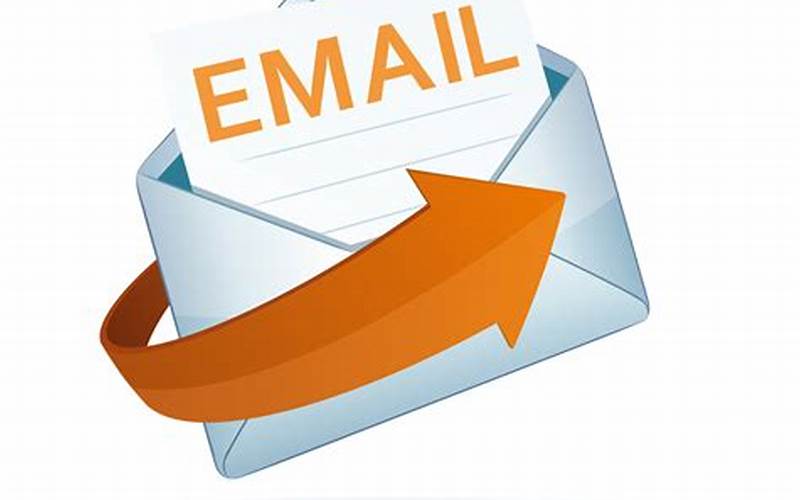Best our comprehensive guide on enewsletter software! If you’re looking for ways to enhance your marketing strategy and engage with your audience more effectively, you’ve come to the right place. In this article, we’ll dive deep into the world of enewsletter software and explore the various options available in the market.
What is Enewsletter Software?  Source: bing.com
Source: bing.com
Enewsletter software is a tool that allows businesses to create and send electronic newsletters to their subscribers. These newsletters can be used to promote products, share news and updates, and build relationships with customers. With the help of enewsletter software, businesses can target specific demographics, track metrics such as open and click-through rates, and personalize their content to improve engagement.
How Does Enewsletter Software Work?
Enewsletter software typically works by providing a user-friendly interface for businesses to create and customize their newsletters. This can include selecting templates, designing layouts, adding images and text, and scheduling when the newsletter will be sent. The software also allows businesses to manage their subscriber lists and track important metrics such as open and click-through rates.
Why Should You Use Enewsletter Software?  Source: bing.com
Source: bing.com
There are numerous benefits to using enewsletter software in your marketing strategy, including:
| Benefit | Description |
|---|---|
| Improved Engagement | Enewsletters can help build relationships with customers and keep them informed about new products, promotions, and company news. |
| Targeted Marketing | With the help of subscriber segmentation, enewsletters can be tailored to specific audiences and demographics, resulting in higher engagement and conversion rates. |
| Cost-Effective | Compared to traditional marketing channels, enewsletters are a cost-effective way to communicate with customers and reach a wider audience. |
| Data and Analytics | Enewsletter software provides valuable insights into important metrics such as open and click-through rates, which can help businesses refine their marketing strategy and optimize for better results. |
| Personalization | With the help of enewsletter software, businesses can personalize content based on subscriber data, resulting in higher engagement and click-through rates. |
Types of Enewsletter Software
There are various types of enewsletter software available in the market, each with its own set of features and benefits. Here are some of the most common types of enewsletter software:
1. Standalone Enewsletter Software
Standalone enewsletter software is a specialized tool that focuses solely on creating and sending newsletters. These tools often come with customizable templates, drag-and-drop editors, and list management features. Some popular standalone enewsletter software options include Mailchimp, Campaign Monitor, and Constant Contact.
2. Marketing Automation Platforms
Marketing automation platforms are all-in-one marketing solutions that offer a wide range of features, including enewsletter creation and distribution. These tools can also include features such as social media management, landing page creation, and lead generation. Some popular marketing automation platforms include HubSpot, Marketo, and Pardot.
3. Email Marketing Services
Email marketing services are typically offered as part of a broader marketing suite and include enewsletter creation as well as other email marketing features. These services can also provide features such as CRM integration and A/B testing. Some popular email marketing services include Sendinblue, Drip, and ConvertKit.
Key Features to Look for in Enewsletter Software
When selecting enewsletter software, it’s important to consider the features that will best suit your business’s needs. Here are some key features to look for:
1. Customizable Templates
Customizable templates make it easy to create visually appealing newsletters and maintain brand consistency. Look for software that offers a variety of templates and allows for customization.
2. Easy-to-Use Editor
An intuitive editor is essential for creating and customizing newsletters quickly and efficiently. Look for software that offers a drag-and-drop editor or a WYSIWYG (What You See Is What You Get) editor for ease of use.
3. Subscriber Management
Subscriber management features allow you to manage your subscriber list, segment subscribers based on demographics, and track customer data. Look for software that offers these features to maximize engagement and conversion rates.
4. Analytics and Reporting
Analytics and reporting features provide valuable insights into important metrics such as open and click-through rates. Look for software that offers these features to help refine your marketing strategy and optimize for better results.
5. Integration with Other Tools
Integration with other marketing tools can help streamline your marketing efforts and improve efficiency. Look for software that integrates with your CRM, social media platforms, and other marketing tools.
FAQs About Enewsletter Software
1. What is the best enewsletter software for small businesses?
There are several enewsletter software options that are well-suited for small businesses, including Mailchimp and Sendinblue. These tools offer customizable templates, list management features, and affordable pricing plans.
2. How often should I send newsletters to my subscribers?
The frequency of your newsletters will depend on your business’s specific needs and goals. Some businesses send newsletters weekly, while others send them monthly or quarterly. It’s important to find a balance that keeps your subscribers engaged without overwhelming their inboxes.
3. How can I improve my newsletter open rates?
There are several ways to improve open rates, including:
- Creating attention-grabbing subject lines
- Personalizing content to match subscriber interests
- Sending newsletters at optimal times
- Avoiding spam triggers such as excessive use of capital letters or exclamation points
4. How can I measure the success of my newsletter campaigns?
To measure the success of your campaigns, you can track metrics such as open rates, click-through rates, and conversion rates. Enewsletter software often provides these metrics as part of its reporting and analytics features.
5. How can I grow my subscriber list?
There are several ways to grow your subscriber list, including:
- Offering exclusive content or promotions
- Adding a newsletter subscription form to your website or blog
- Hosting events or webinars
- Running social media campaigns
6. Can enewsletter software integrate with my CRM?
Yes, many enewsletter software options offer integration with popular CRM platforms such as Salesforce and HubSpot. This allows businesses to streamline their marketing efforts and maintain consistency across their customer data.
7. Is enewsletter software easy to use for beginners?
Yes, most enewsletter software options are user-friendly and offer intuitive interfaces and drag-and-drop editors. Additionally, many platforms offer helpful resources such as tutorials and customer support to help beginners get started.
Conclusion: Take Your Marketing Efforts to the Next Level with Enewsletter Software
Enewsletter software is a powerful tool that can help businesses of all sizes enhance their marketing strategy and reach a wider audience. By selecting the right software and utilizing its key features, businesses can create engaging newsletters that build relationships with customers and drive conversions.
We hope this comprehensive guide has provided valuable insights into the world of enewsletter software and helped you make an informed decision about which software is right for your business. Remember, the key to success with enewsletter software is to continually refine your strategy and optimize for better results.
So what are you waiting for? Start exploring the world of enewsletter software today and take your marketing efforts to the next level!